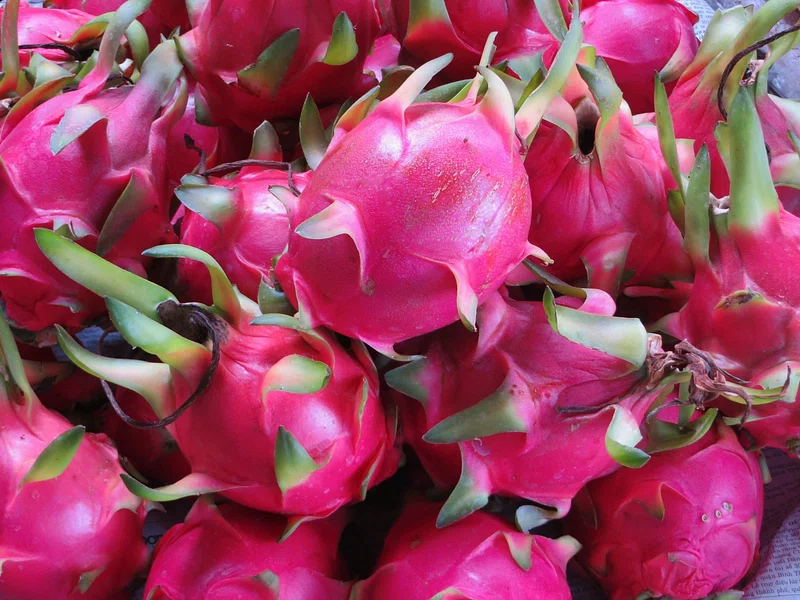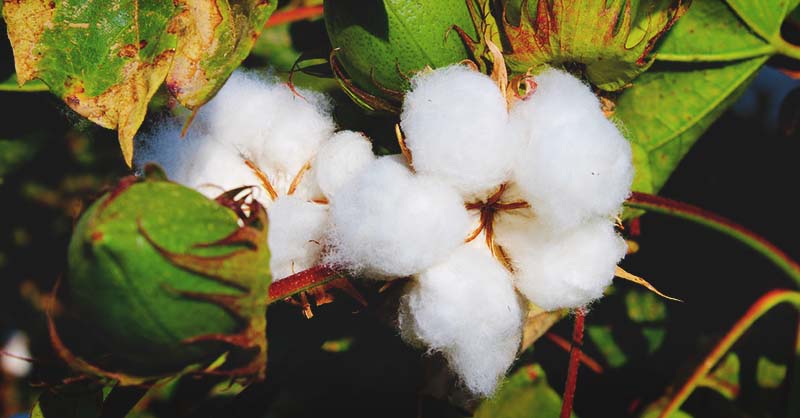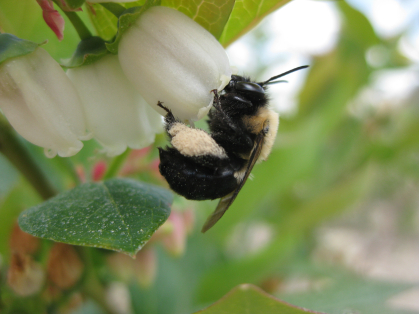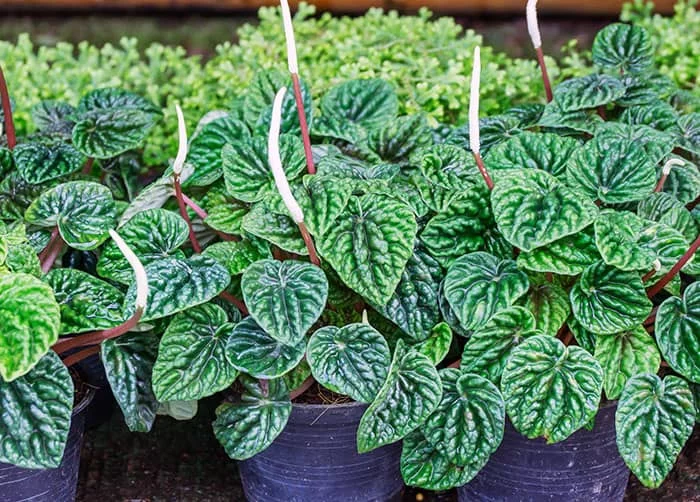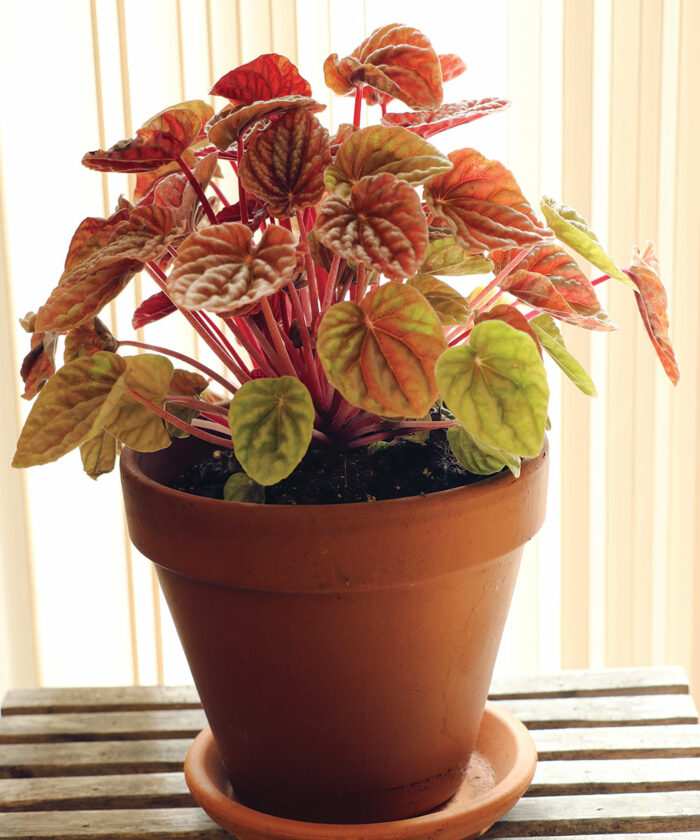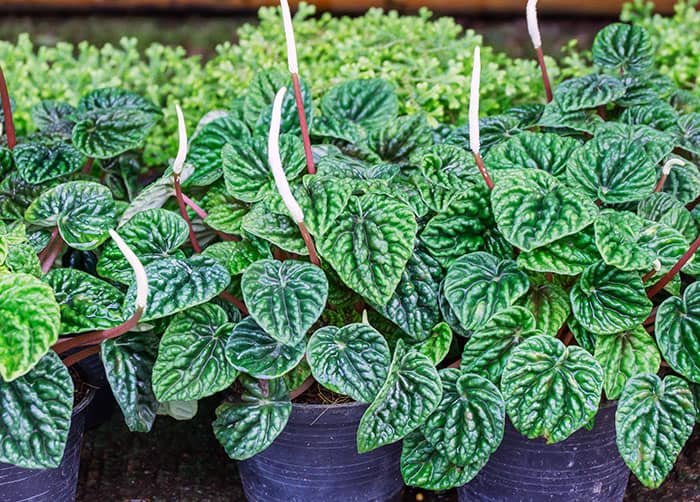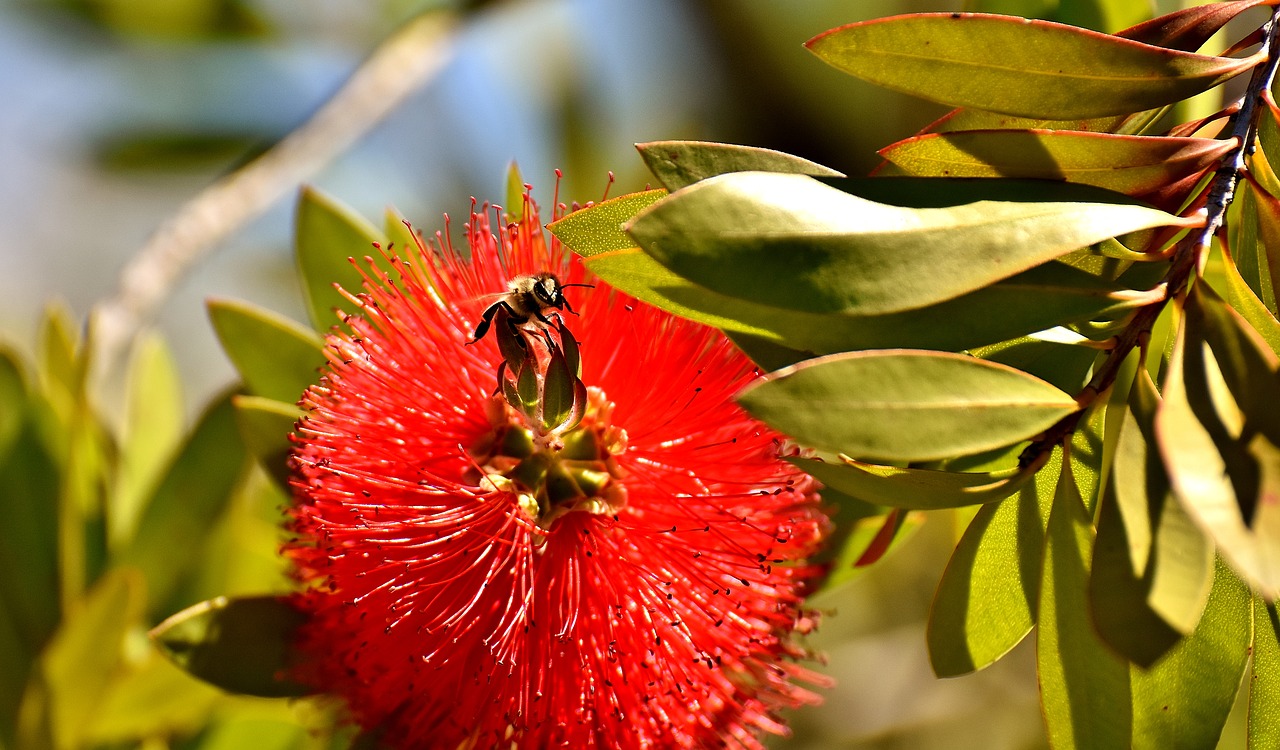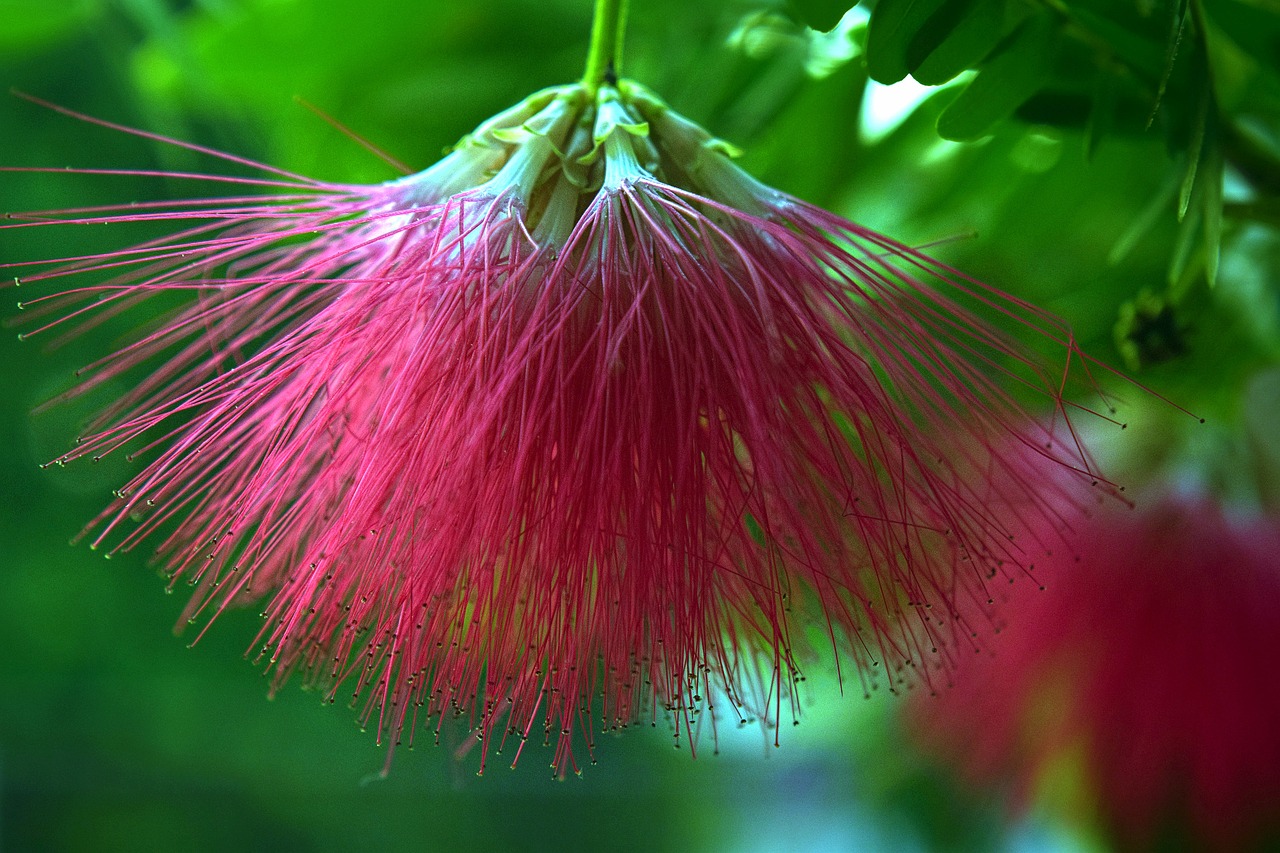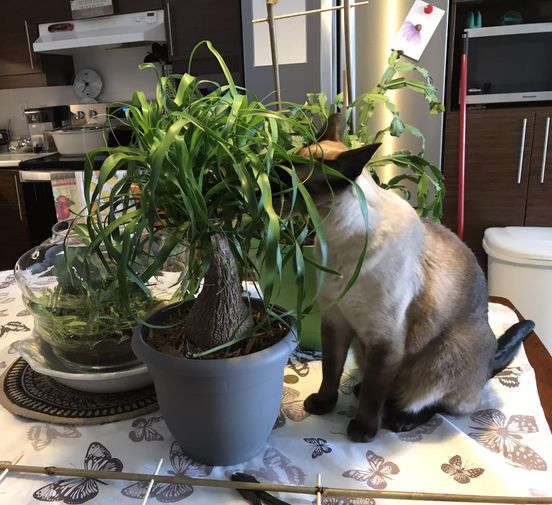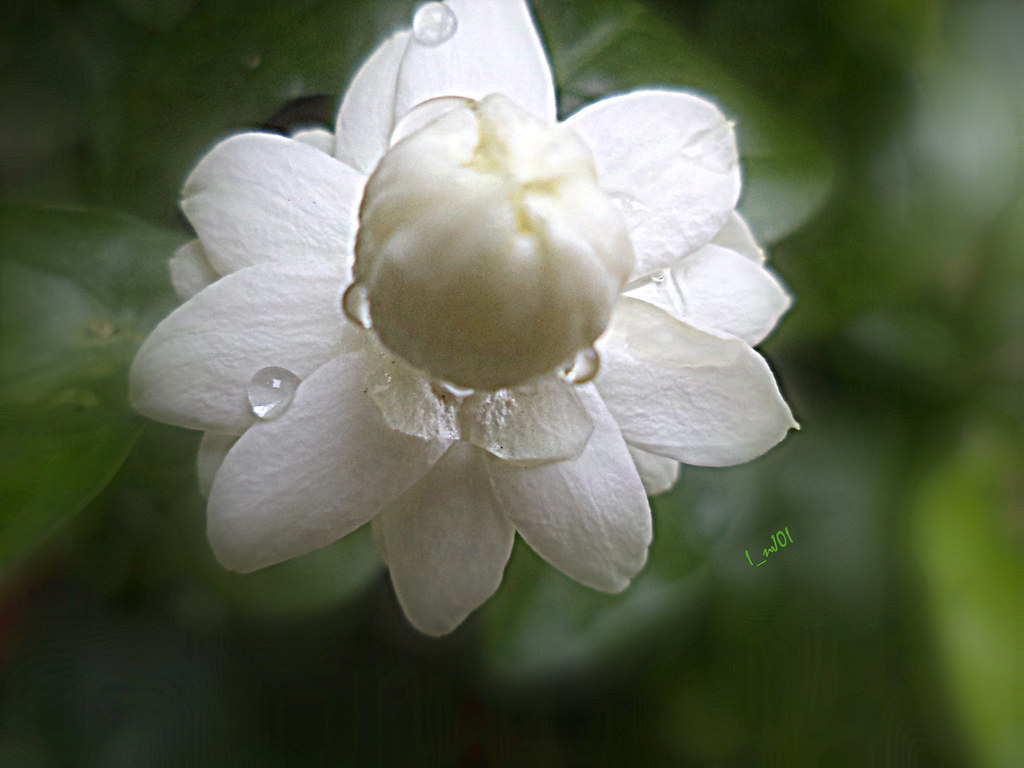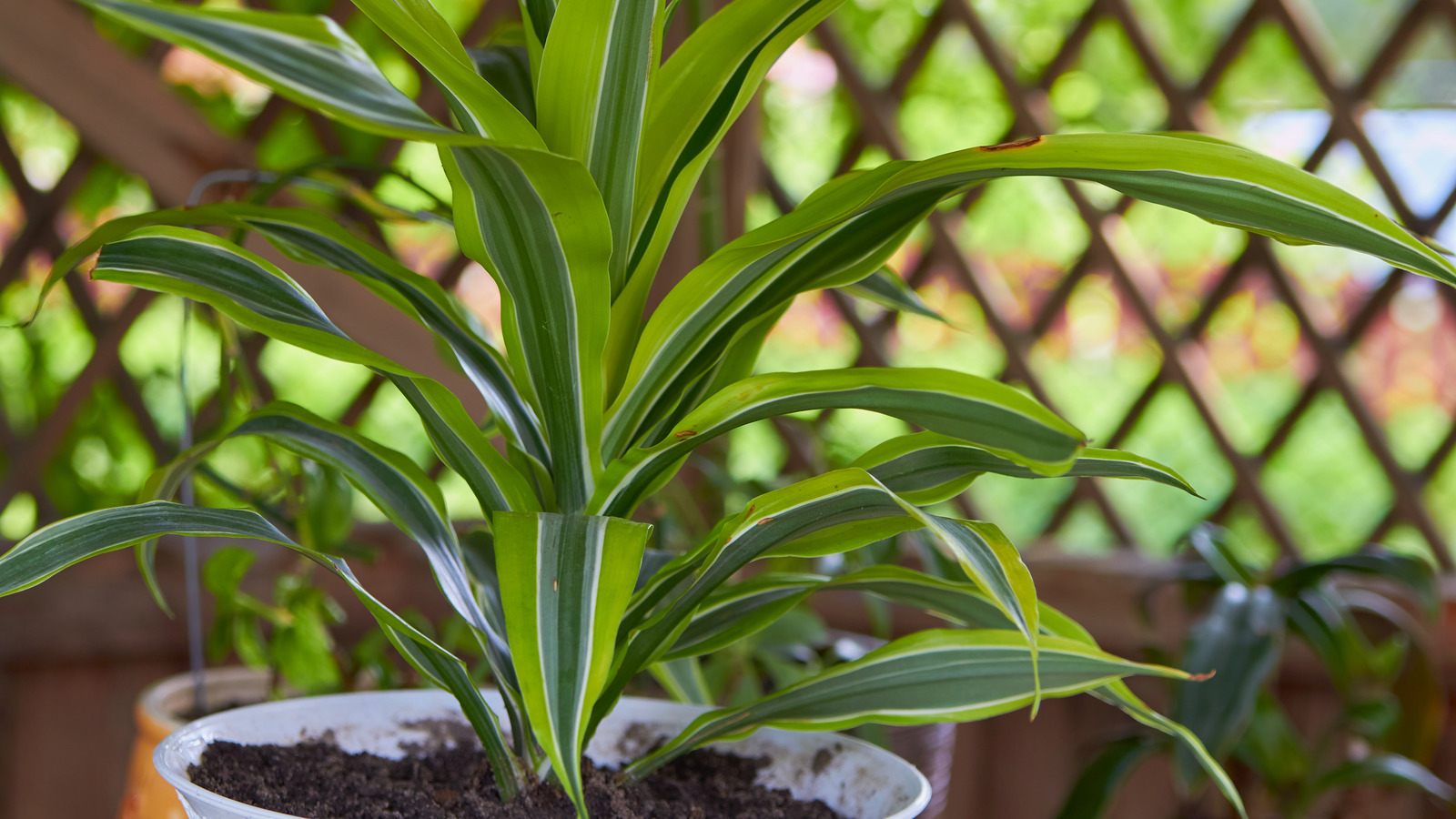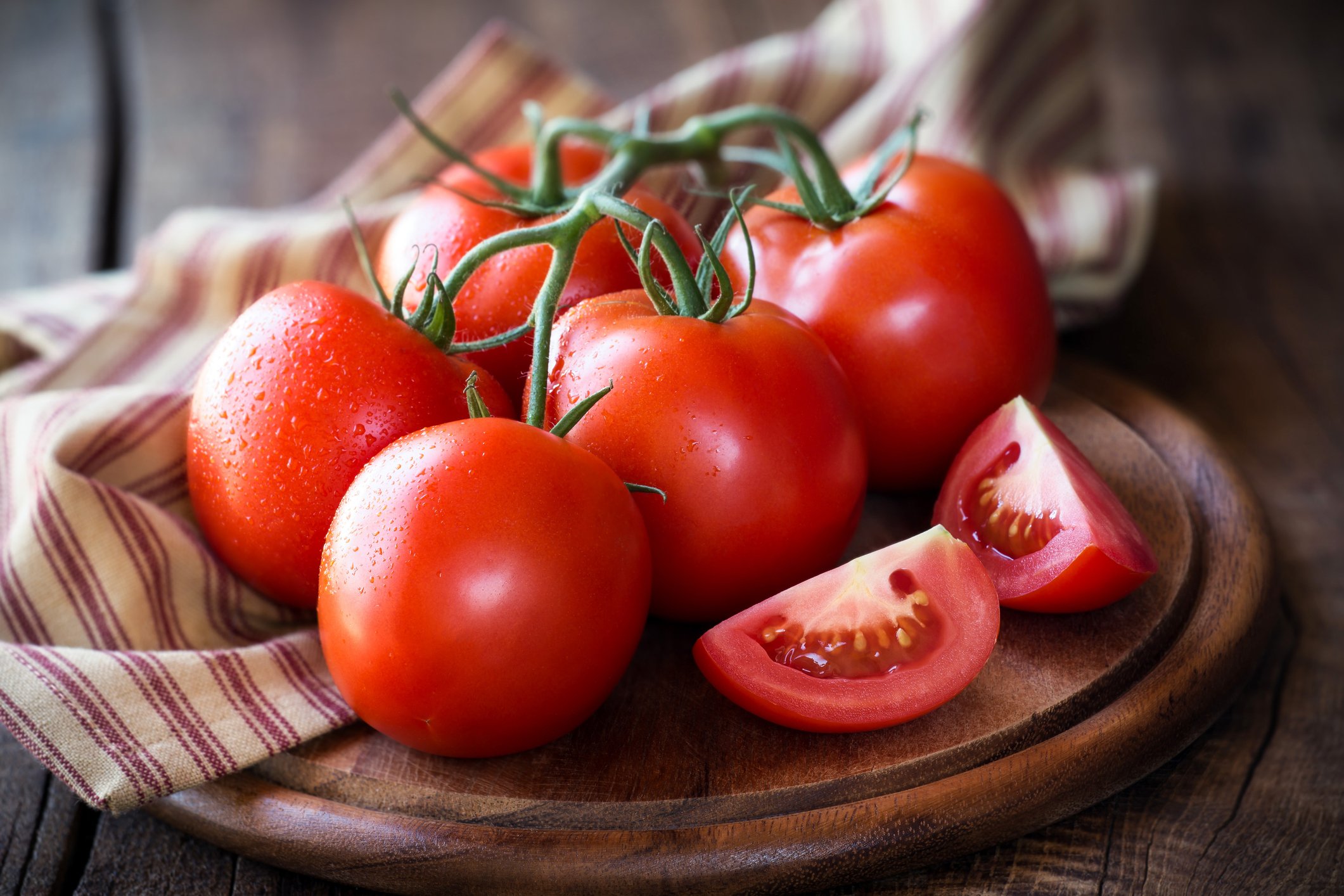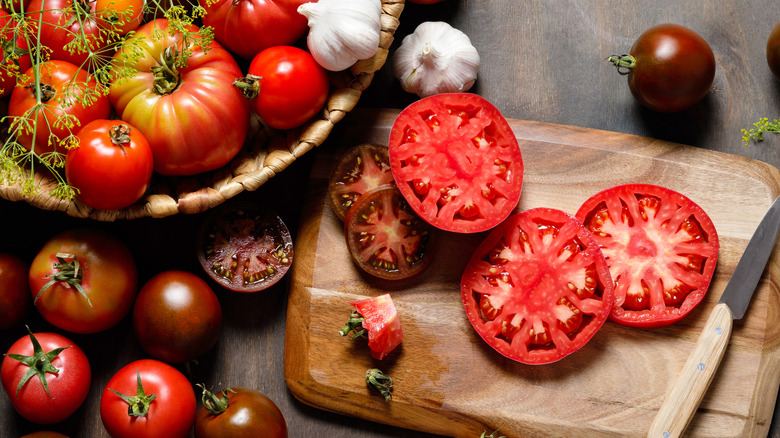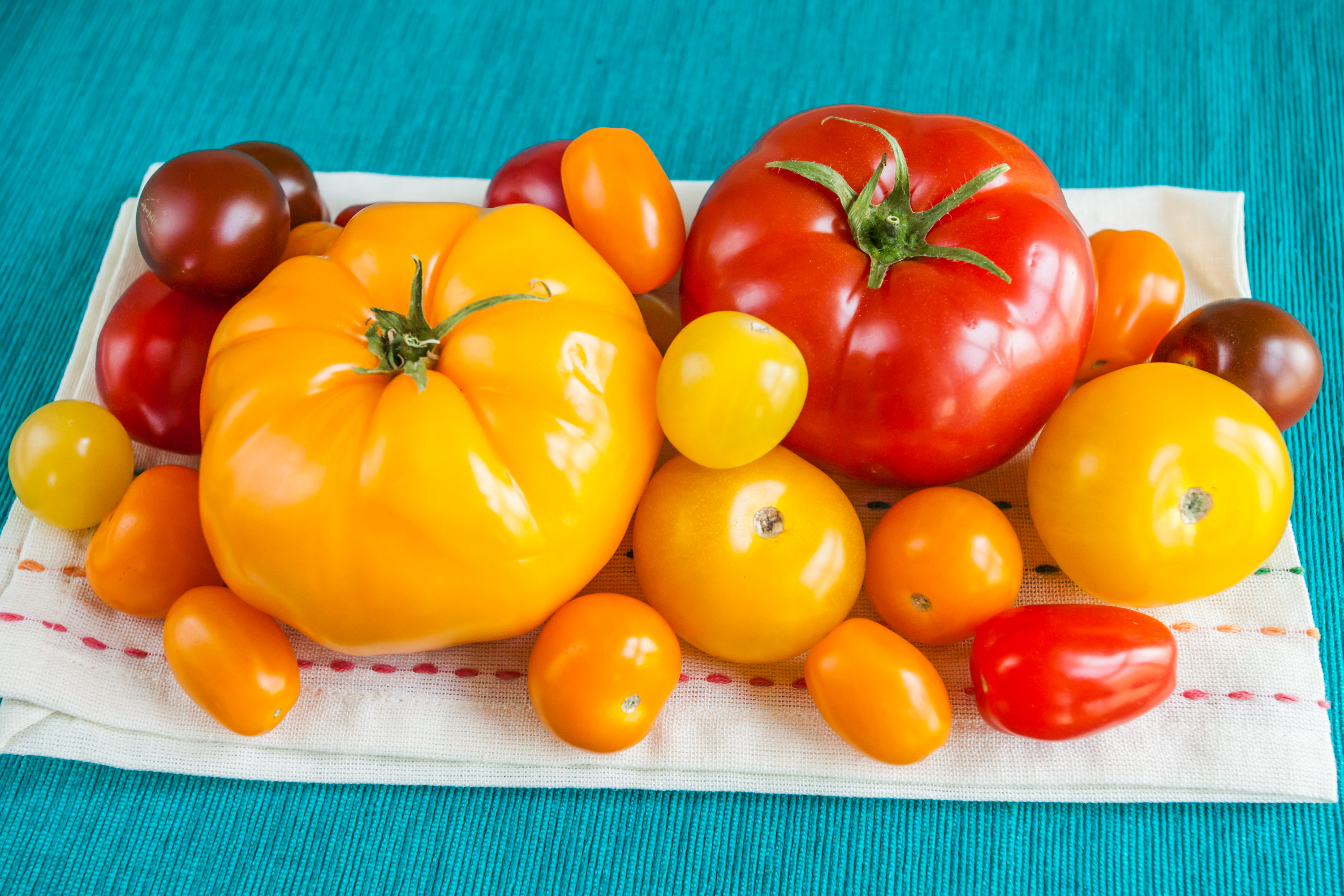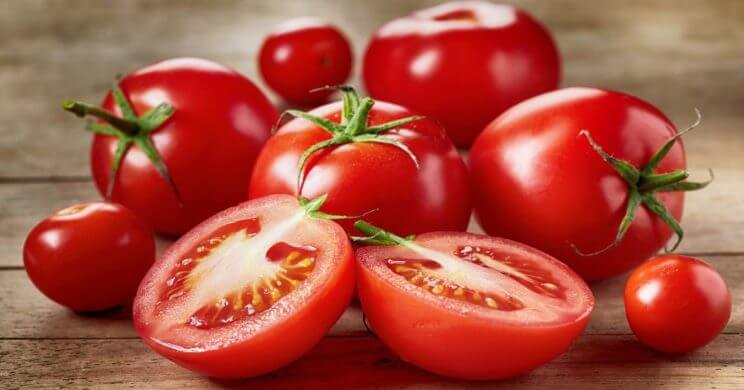How to Grow Dragon Fruit in Pots: Tips and Tricks
Dragon fruit, also known as pitaya or pitahaya, is a unique and exotic fruit that has gained popularity for its striking appearance and delicious taste. If you’re a gardening enthusiast or someone with limited space, you’ll be delighted to know that you can grow dragon fruit in pots. In this comprehensive guide, we’ll walk you through the step-by-step process of cultivating these vibrant cacti fruits in containers.
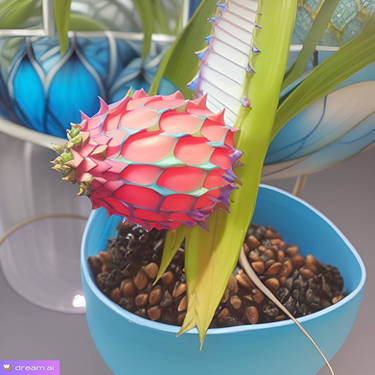
Choosing the Right Pot:
how to grow dragon fruit in pots, The first step in grow dragon fruit in pots is selecting the right container. Opt for a large pot with drainage holes to ensure proper water drainage. Dragon fruit plants have shallow root systems, so a wide and shallow pot is ideal. A container with a diameter of at least 15-24 inches is recommended to provide ample space for the plant to spread its roots.
Selecting the Right Soil:
Dragon fruit thrives in well-draining soil with a slightly acidic to neutral pH. Consider using a cactus mix or create your own by combining potting soil with perlite or sand to enhance drainage. This prevents waterlogged soil, a condition that dragon fruit plants do not tolerate well.
Planting the Dragon Fruit Cutting:
Dragon fruit is typically grown from cuttings rather than seeds. Obtain a healthy cutting from a mature dragon fruit plant, ensuring it is at least 12-18 inches long. Allow the cutting to dry for a day or two before planting to reduce the risk of rot.
Plant the cutting in the prepared pot, burying it about 2-4 inches deep. Position the cutting at a slight angle to encourage root development. Water the plant lightly, and avoid overwatering during the initial weeks to prevent root rot.
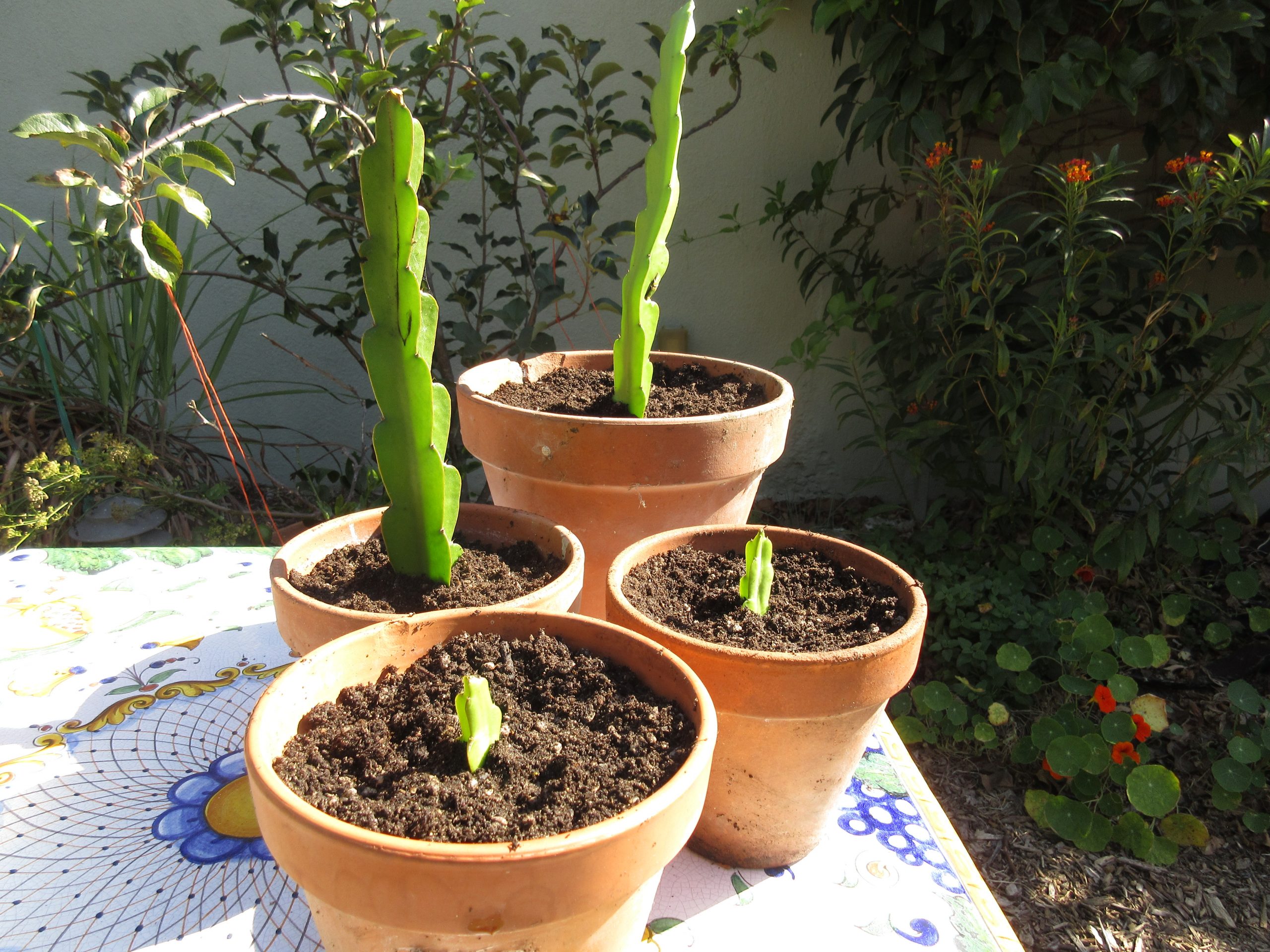
Providing Optimal Growing Conditions:
Dragon fruit plants thrive in warm, sunny climates, so choose a location that receives full sunlight. If you’re growing dragon fruit indoors, place the pot near a south-facing window or use grow lights to provide sufficient light.
Maintain a consistent watering schedule, allowing the soil to dry out between watering sessions. Overwatering is a common mistake, so it’s crucial to strike a balance.
Supporting the Growing Plant:
how to grow dragon fruit in pots, As your dragon fruit plant matures, it will need support to prevent sprawling. Install a trellis or stakes in the pot to provide stability for the growing cactus. This not only aids in maintaining an upright structure but also enhances air circulation around the plant.
![How to Grow Dragon Fruits in Pots [Simple] - Farming Method | How to grow dragon fruit, Dragon fruit tree, Dragon fruit plant](https://i.pinimg.com/originals/29/65/6e/29656e3a7b1b306868459fc7b5e3ea87.jpg)
Fertilizing the Dragon Fruit:
how to grow dragon fruit in pots, During the growing season (spring and summer), feed your dragon fruit with a balanced, water-soluble fertilizer every 4-6 weeks. Reduce or eliminate fertilization during the dormant season (fall and winter) when the plant’s growth slows down.
Harvesting Your Dragon Fruit:
Patience is key when growing dragon fruit. The plant typically starts producing fruit within one to two years. Harvest the dragon fruit when the skin color changes and the fruit gives slightly to gentle pressure. Use pruning shears to cut the fruit from the plant.

how to grow dragon fruit in pots, To Grow dragon fruit in pots is a rewarding experience that allows you to enjoy this exotic fruit even in limited space. By providing the right conditions, proper care, and a little patience, you can savor the vibrant colors and delicious flavors of home-grown dragon fruit right from your own potted garden. Happy growing!

